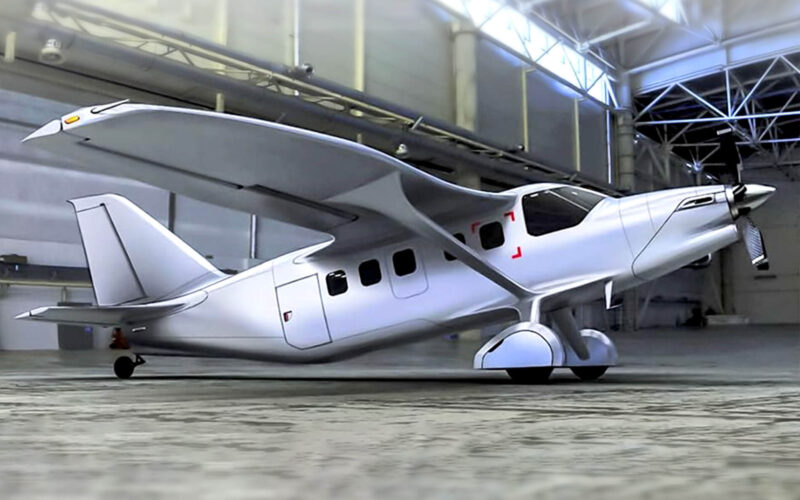According to a report that has appeared on Russian media, the new Russian LMS-901 Baikal turboprop aircraft will not initially be able to fulfil some of the missions that it had originally been designed for.
This 9-seater vehicle has been developed with the aim of replacing the veteran An-2 aircraft, a rugged and versatile Soviet-era model, the roots of which can be traced as far back as the 1940s.
As AeroTime reported back in 2020, this is a project that has been marred by multiple difficulties of a technical and political nature throughout its development phase. Three years on, these issues are not only lingering but, in some respects, have actually been amplified by the consequences of the Russian invasion of Ukraine and the new sanctions regime introduced by Western countries.
The LMS-901 was expected to enter service in 2025 with Aurora an airline operating in Russia’s Far East, as well as with Russian government agencies. But according to Russian magazine Izvestia, quoting unnamed sources in the industry familiar with the project, it looks unlikely that the Baikal will be able to carry any passengers for some time after its introduction.
At first, its duties would be restricted to forestry surveillance and medical evacuation missions.
The same report also quotes sources from Russia’s Ministry of Commerce directly contradicting this account, insisting instead that the Baikal development program is on course, with certification for both passengers and cargo missions expected by the end of this year.
The Baikal programme has hit a number of hurdles, though. The first is reliance on imported parts, particularly the engine, a supply that is now in doubt following the introduction of sanctions.
However, there are also operational considerations in play not attributable to the geopolitical situation. For instance, the Baikal was expected to form the backbone of Russian regional aviation in parts of Siberia and Russia’s Far Eastern regions (with Aurora getting 105 of the 154 ‘Baikals’ that were expected to delivered by 2030). However, some features of its design seem to make it unsuitable for this task. Being a single-engine plane, it falls foul of current Russian regulations that only allow this type of plane to operate within 45km of an airfield, something that is not always possible in most areas of sparsely populated eastern Russia.
In addition, cabin capacity is said to be too small to carry the regular amount of baggage typically carried by passengers on regional flights in remote parts of Russia. One solution would be to carry more baggage and limit the number of passengers, lowering the maximum from 9 to 7. But this would impact significantly the business model of future operators and could also mean higher prices for regional air transport.

